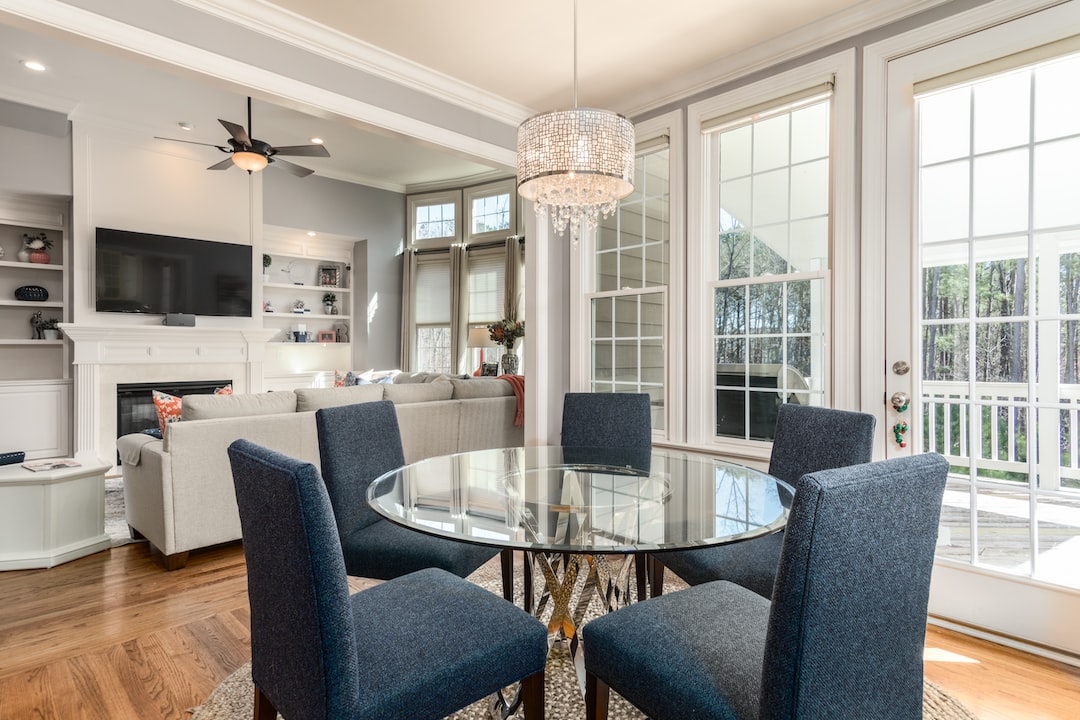Improving Your Home’s Energy Efficiency with These Simple Steps
As concerns about the environment and rising energy costs continue to grow, more and more homeowners are looking for ways to make their homes more energy-efficient. Luckily, there are several simple steps you can take to improve your home’s energy efficiency and reduce your carbon footprint. In this blog post, we will discuss some of these steps and help you get started on creating a more sustainable and cost-effective home.
1. Upgrade Your Insulation:
One of the most effective ways to improve your home’s energy efficiency is by upgrading your insulation. Good insulation not only helps maintain a comfortable temperature inside your home, but it also prevents the escape of heated or cooled air, which can significantly reduce your energy consumption.
Start by checking whether you have proper insulation in your attic, as this is where most heat loss occurs. If your insulation is inadequate, consider adding more insulation or replacing it with more energy-efficient materials. You can also insulate your walls, floors, and pipes to further increase energy efficiency.
2. Seal Air Leaks:
Air leaks in your home can be a significant source of energy loss. Small cracks and gaps around windows, doors, and other openings can let air in and out, making your heating and cooling systems work harder.
To tackle this issue, carefully inspect your home for air leaks and seal them using caulk, weather stripping, or spray foam insulation. This simple step can help improve your home’s energy efficiency by reducing unwanted drafts and maintaining a consistent indoor temperature all year round.
3. Install Energy-Efficient Appliances:
Replacing old and outdated appliances with energy-efficient models is another great way to improve your home’s energy efficiency. Household appliances such as refrigerators, washing machines, and air conditioners account for a significant portion of your home’s energy usage.
When purchasing new appliances, look for the Energy Star label, which indicates that the product meets strict energy efficiency standards. Energy-efficient appliances not only help you save on your energy bills but also reduce greenhouse gas emissions, helping to protect the environment.
4. Switch to LED Lighting:
Traditional incandescent light bulbs consume a significant amount of energy and have a short lifespan. By switching to LED (Light Emitting Diode) lighting, you can reduce your energy consumption and save money in the long run.
LED bulbs are more energy-efficient, consume less electricity, and last significantly longer than traditional bulbs. Additionally, they produce less heat, reducing the strain on your cooling systems during hot weather. Make the switch to LED lighting throughout your home and watch your energy savings pile up.
5. Control Your Thermostat:
Properly controlling your thermostat can also make a big difference in your home’s energy efficiency. Investing in a programmable thermostat allows you to set different temperatures for different times of the day, ensuring that your heating or cooling systems are not running unnecessarily, especially when you’re not at home.
By adjusting your thermostat settings by just a few degrees, you can significantly lower your energy consumption while maintaining a comfortable living environment.
In conclusion, improving your home’s energy efficiency doesn’t have to be a daunting task. By following these simple steps and incorporating energy-saving habits into your daily life, you can reduce your carbon footprint, save money on your energy bills, and create a more sustainable home for the future. So, take action today and start making a positive impact on both your wallet and the environment!

